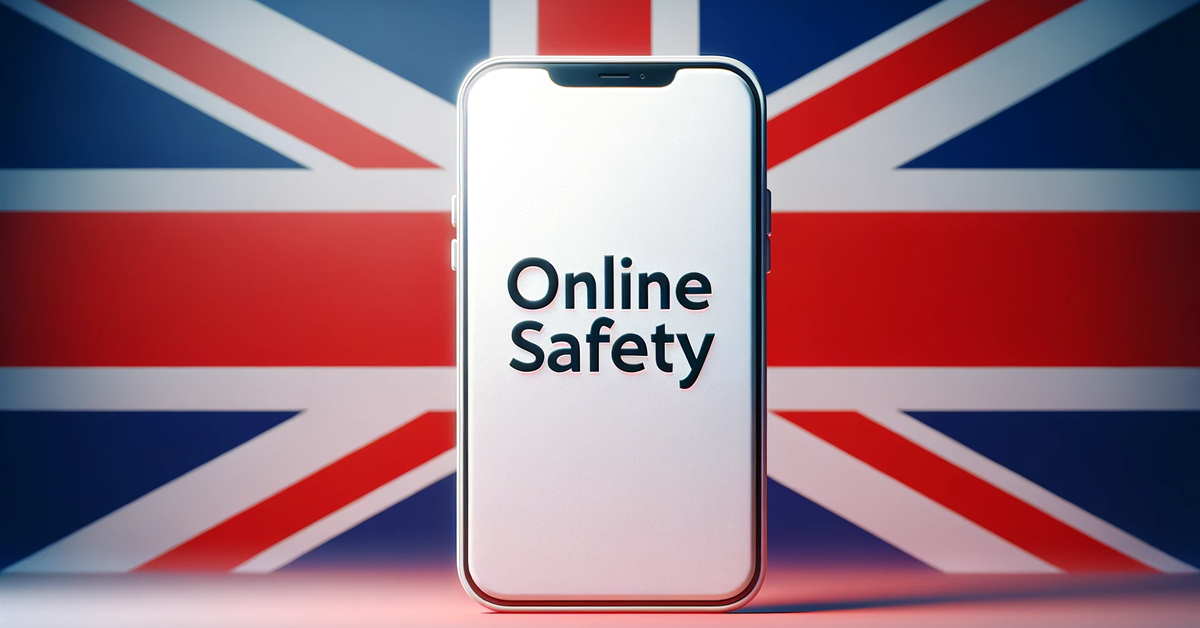The recent developments reported by Tom Singleton and Imran Rahman-Jones regarding the UK’s Ofcom drafting stringent codes of practice for online safety echo the underlying concerns previously addressed in the discussion about encrypted messaging by Zoe Kleinman, Tom Gerken, and Chris Vallance. Both reports converge on the imperative to protect the vulnerable, particularly children, from harmful online content while grappling with the broader implications of digital governance.
The introduction of the Online Safety Act, as Singleton and Rahman-Jones highlight, marks a pivotal moment in the regulation of digital spaces. The proposed measures, including more robust age-checking protocols and algorithmic reconfigurations to filter out harmful content, demonstrate a proactive approach similar to the discussions surrounding encrypted messaging. Here, the government’s intent to safeguard children from digital threats is clear, yet the method of implementation and the balancing act with privacy rights remain contentious issues.
Much like the debate over access to encrypted messages, the effectiveness and ethical implications of enhanced age verification and content filtering technologies raise critical questions about privacy infringement and the extent of surveillance. Bruce Daisley’s remarks in the article about the technological challenges of age verification parallel the concerns raised about accessing encrypted messages without undermining overall security. Both scenarios suggest a technological escalation where safeguarding measures might impinge upon personal freedoms and privacy.
Furthermore, the response from tech companies, as noted in both articles, reflects a cautious stance towards regulatory demands. Companies like Meta and Snapchat assert their commitment to safety while also highlighting the complexities involved in adhering to these new regulations. This mirrors the tech industry’s reaction to proposals for breaking encryption, where there is a clear tension between complying with governmental standards and maintaining user trust and security.
In addition, the emotional pleas from parents, such as Esther Ghey and Lisa Kenevan, resonate deeply with earlier narratives about the dangers of encrypted channels used for abusive content. These personal stories underscore the urgent need for effective regulation and also highlight the slow pace of change, emphasising the real-world impacts of policy delays.
In conclusion, both the Singleton and Rahman-Jones article on online safety and the earlier discussions about encrypted messaging illustrate the ongoing struggle to define the boundaries of digital safety and privacy. As the UK navigates these complex waters, the critical challenge will be to implement measures that effectively protect users—especially children—while also respecting the fundamental rights to privacy and ensuring technological integrity. This delicate balance is essential for fostering a safe yet free digital environment.
Source: “Tech firms told to hide ‘toxic’ content from children” by Zoe Kleinman, and Imran Rahman-Jones, BBC News.






